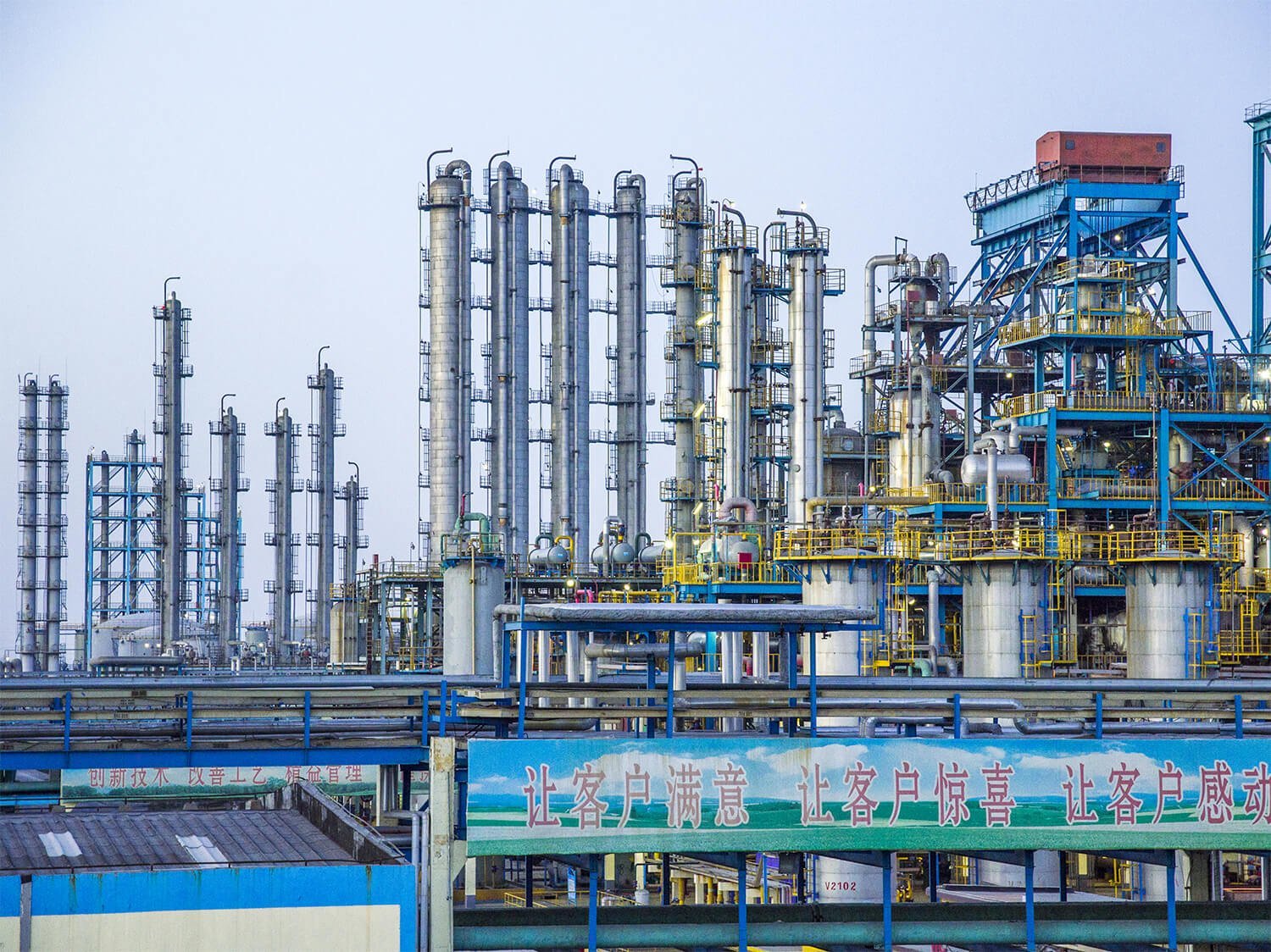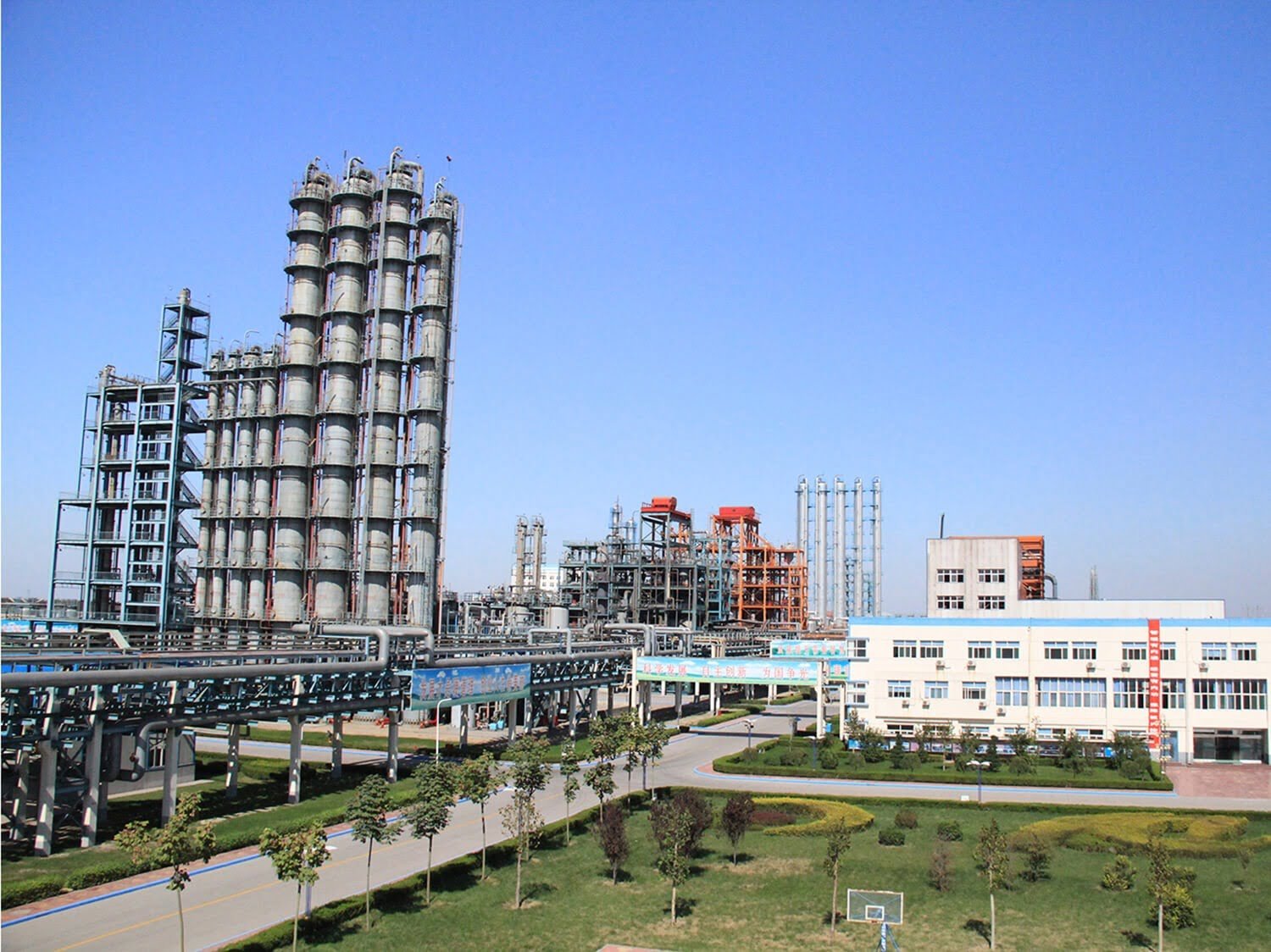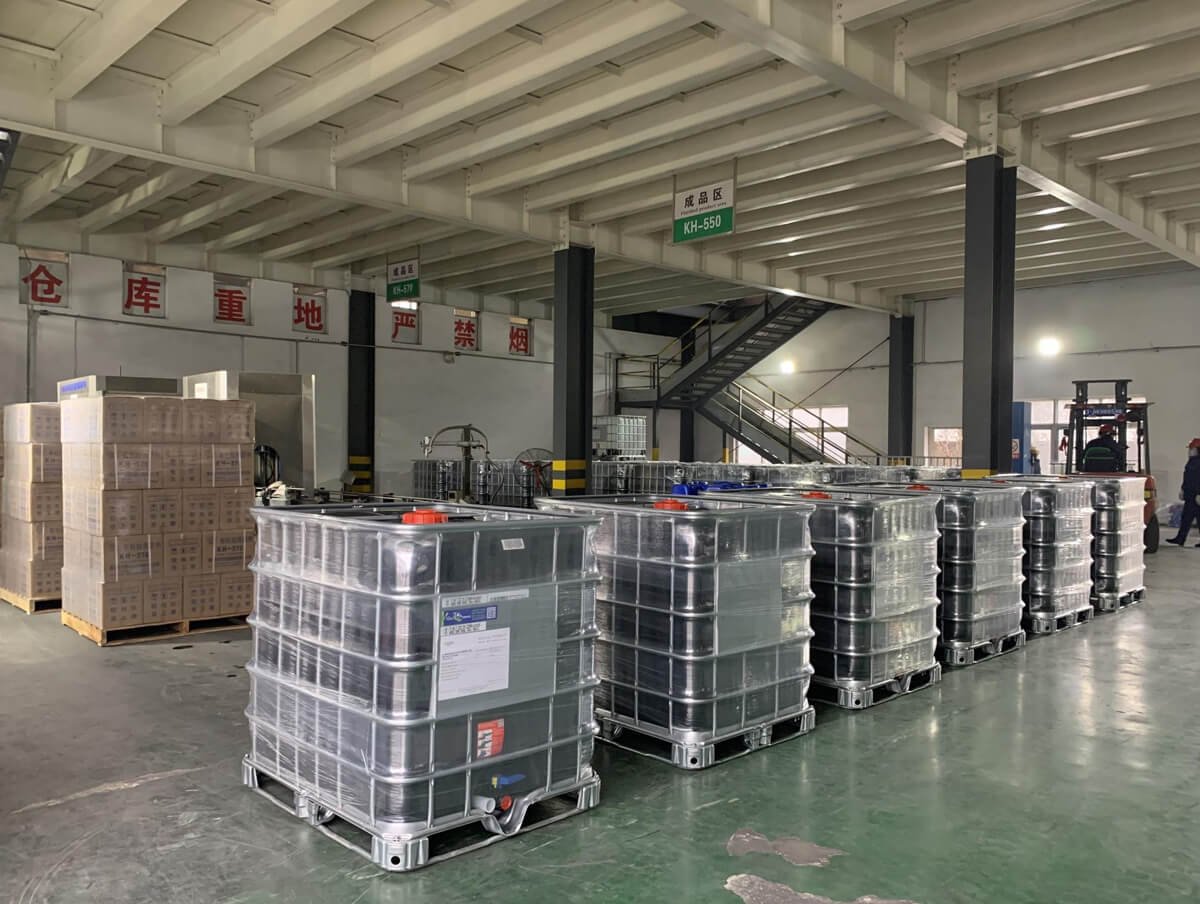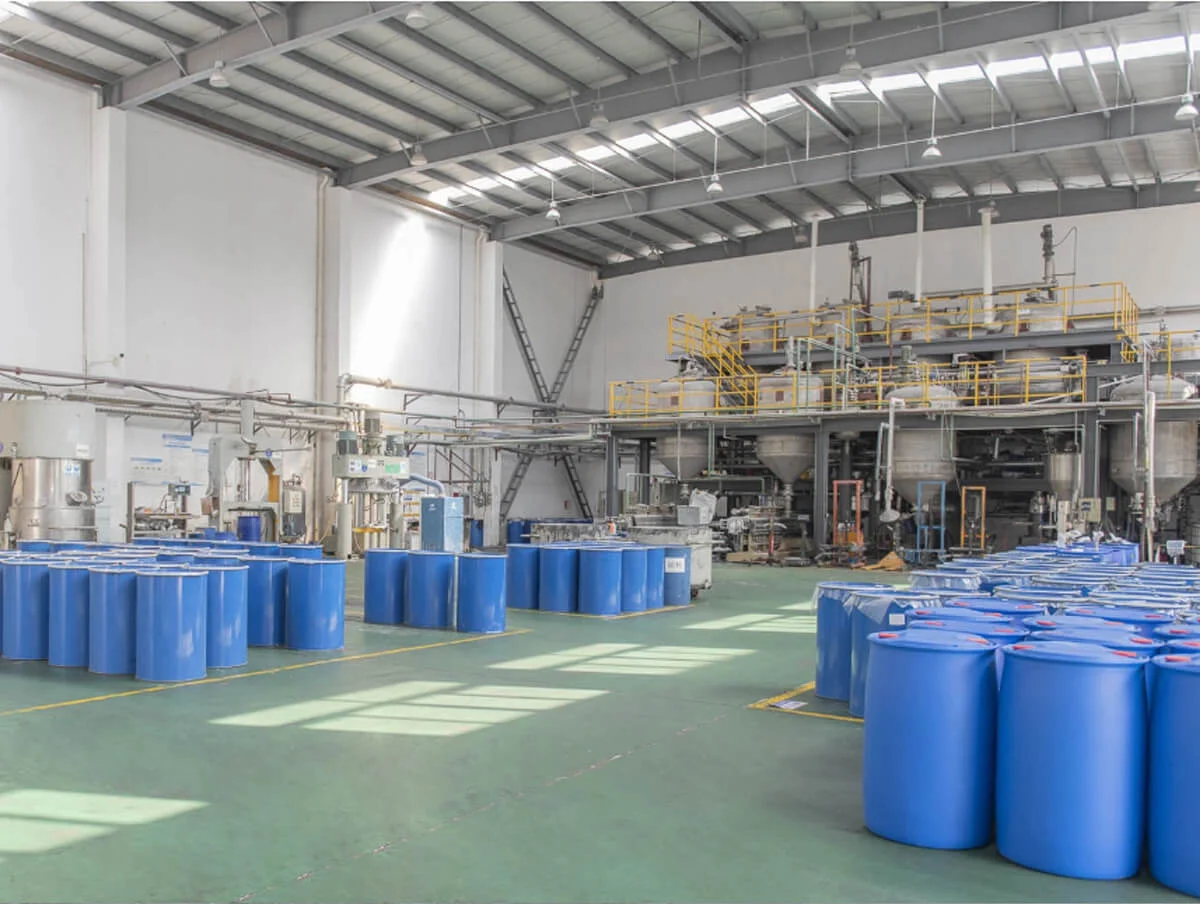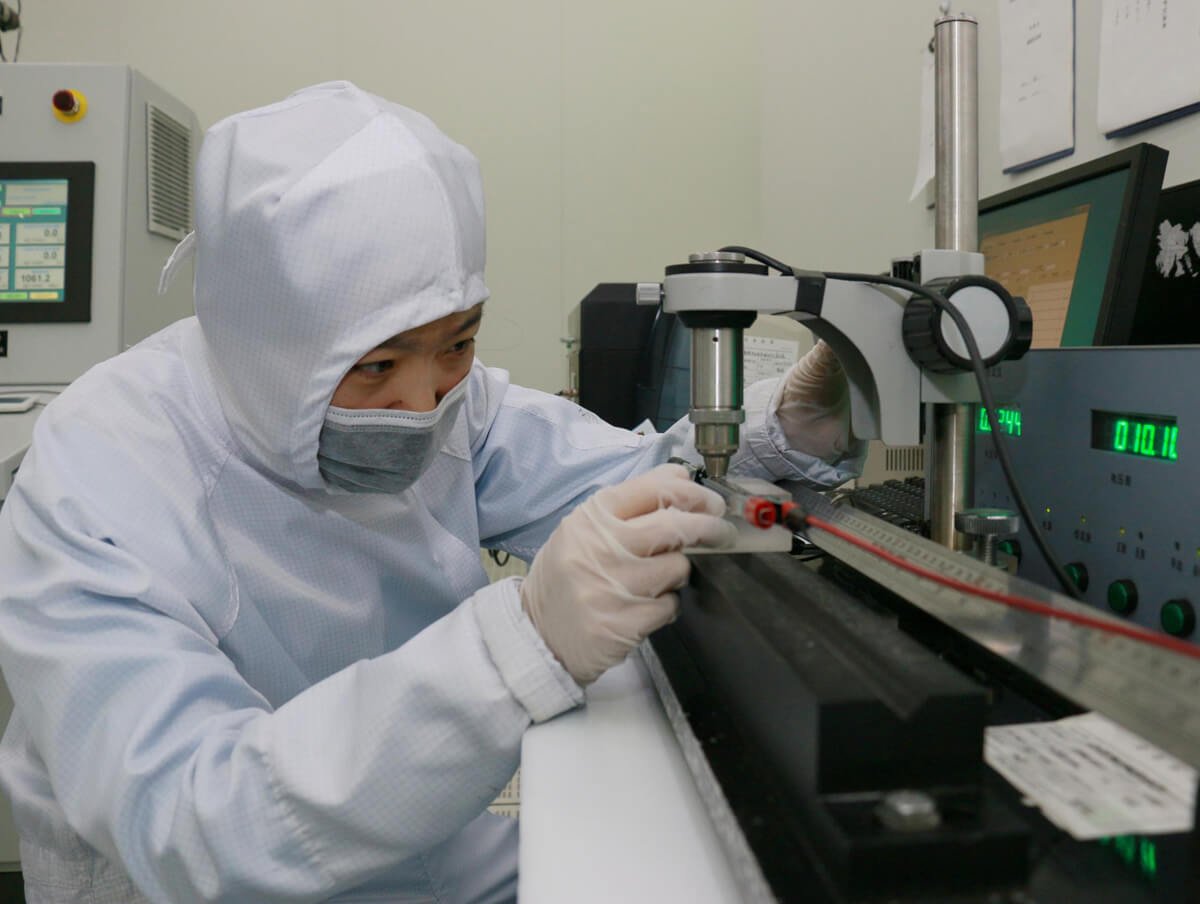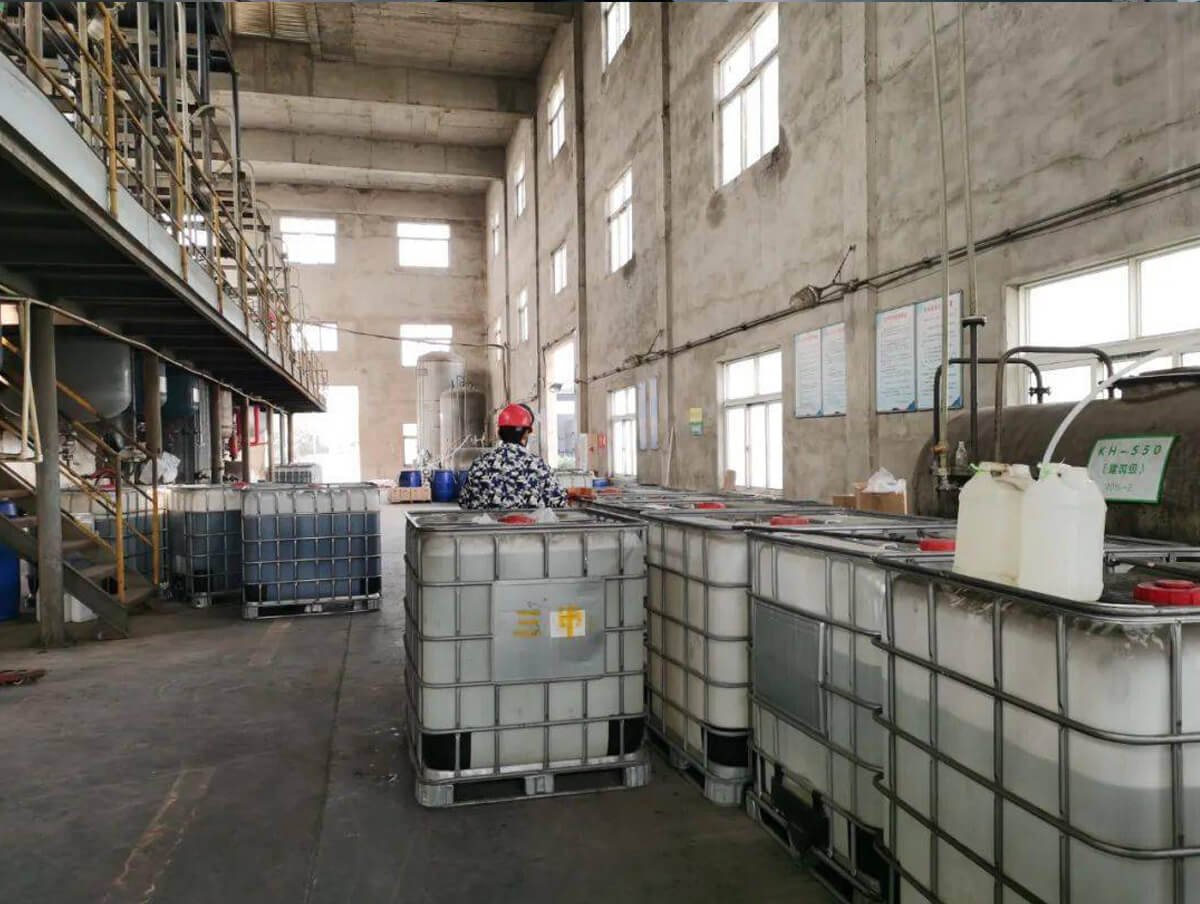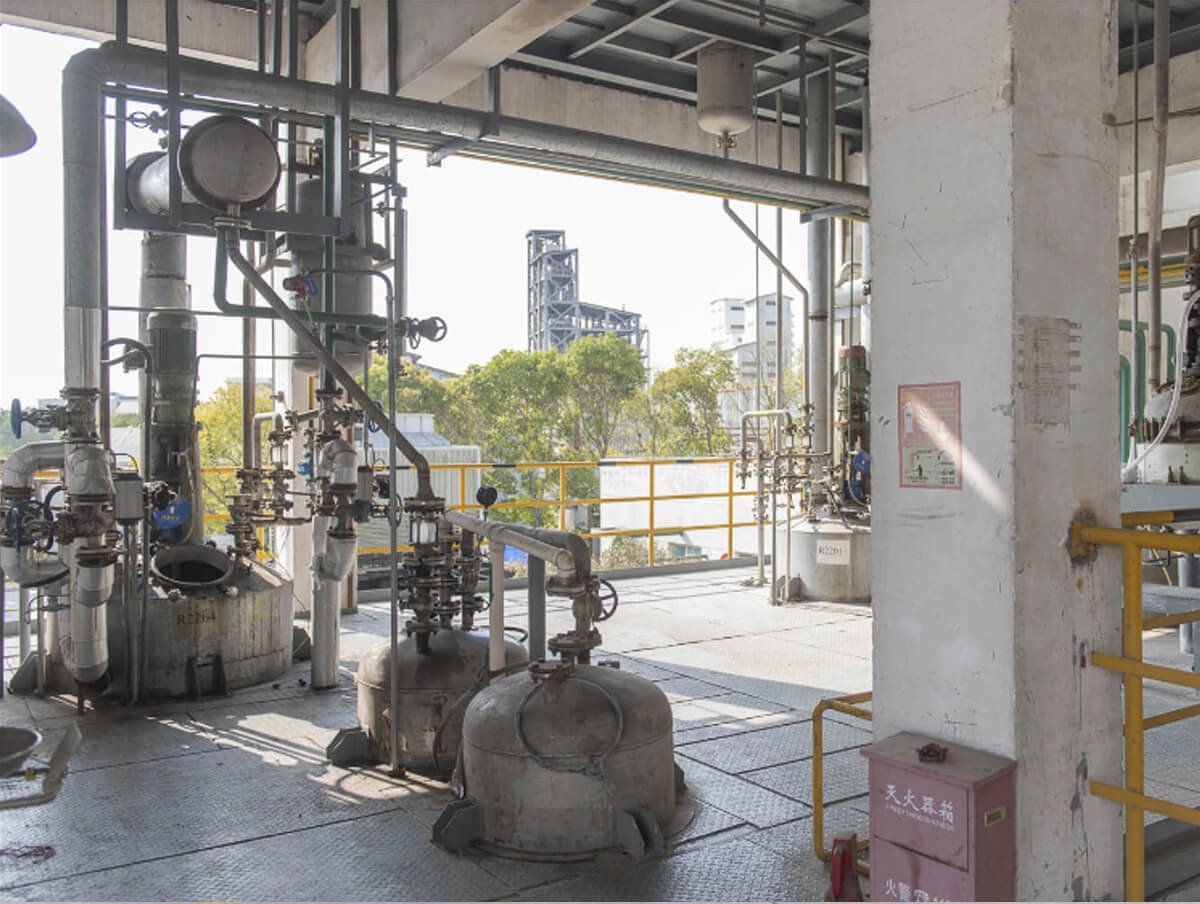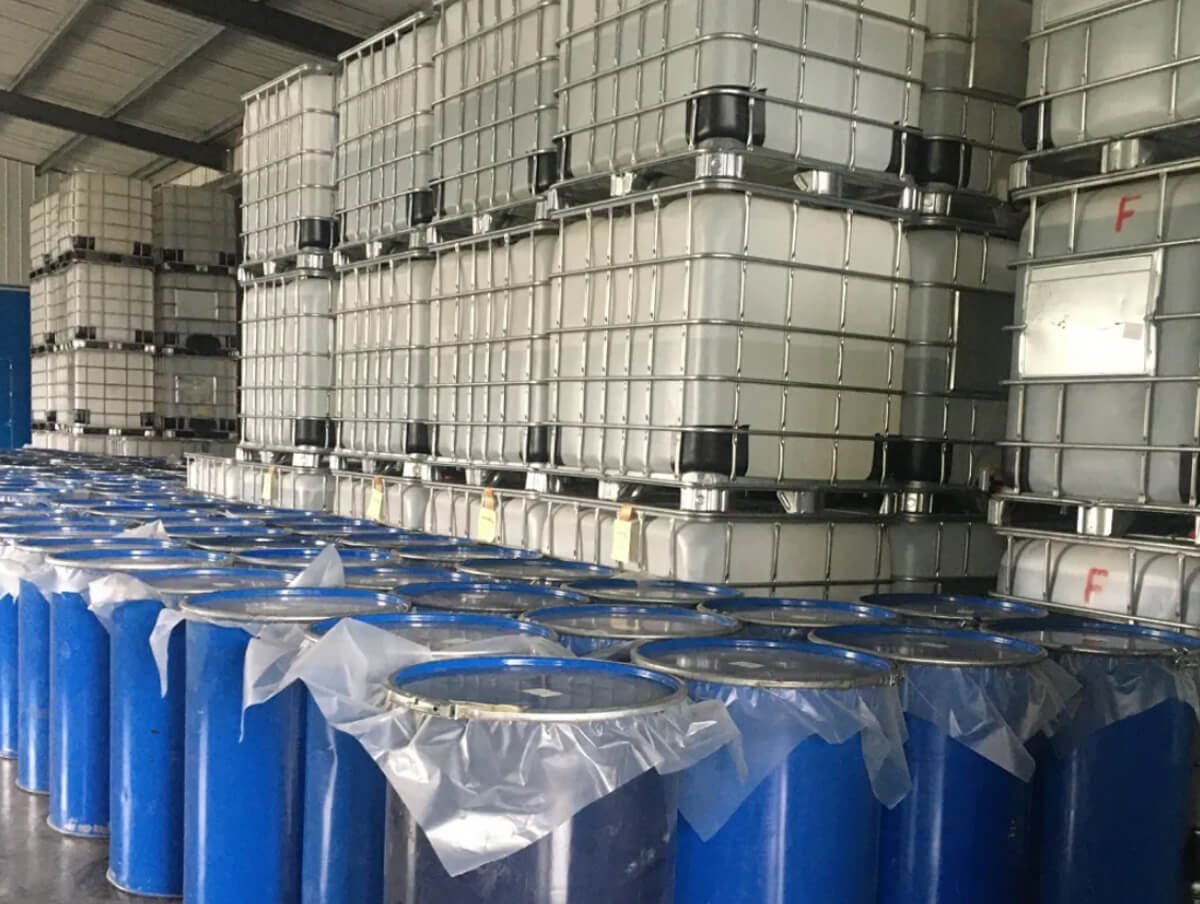Silico® Silane Coupling Agent Products
Acyloxy Silanes (4)
| CAS NO. | Product Name |
| 17096-07-0 | 3-(Methacryloyloxy) propyltris(trimethylsiloxy)silane |
| 4369-14-6 | 3-Acryloxypropyltrimethoxysilane |
| 2530-85-0 | 3-methacryloylpropyltri methoxysilane |
| 21142-29-0 | 3-Methacryloxypropyl triethoxysilane |
Alkyl & Alkoxy Silanes (6)
| CAS NO. | Product Name |
| 1185-55-3 | Methyltrimethoxysilane |
| 2031-67-6 | Methyltriethoxysilane |
| 1112-39-6 | Dimethyldimethoxysilane |
| 78-62-6 | Dimethyldiethoxysilane |
| 1067-25-0 | Propyltrimethoxysilane |
| 2550-02-9 | Propyltriethoxysilane |
Amino Silanes (10)
| CAS NO. | Product Name |
| 13822-56-5 | 3-Aminopropyltrimethoxysilane |
| 919-30-2 | 3-Aminopropyltriethoxysilane |
| 3663-44-3 | 3-Aminopropylmethyldi methoxysilane |
| 3179-76-8 | 3-Aminopropylmethyl diethoxysilane |
| 3069-29-2 | N-(2-aminoethyl)- 3-Aminopropylmethyldi methoxysilane |
| 1760-24-3 | N-(2-aminoethyl)- 3-aminopropyltrimethoxysilane |
| 82985-35-1 | Bis(3-trimethoxysilylpropyl)amine |
| 15180-47-9 | Diethylaminomethyltriethoxysilane |
| 3068-76-6 | N-phenyl-3- Aminopropyltrimethoxysilane |
| 3473-76-5 | (N-Phenylamino) methyltriethoxysilane |
Chloro Silanes (10)
| CAS NO. | Product Name |
| 2530-87-2 | 3-Chloropropyltrimethoxysilane |
| 5089-70-3 | 3-Chloropropyltriethoxysilane |
| 13501-76-3 | 3-Chloropropyl methyldiethoxysilane |
| 18171-19-2 | 3-Chloropropyl methyldimethoxysilane |
| 1558-25-4 | 3-Chloromethyltrichlorosilane |
| 5926-26-1 | Chloromethyltrimethoxysilane |
| 15267-95-5 | Chloromethyltriethoxysilane |
| 13508-53-7 | Chloromethylethoxydimethylsilane |
| 1719-57-9 | Chloromethyldimethylchlorosilane |
| 1558-33-4 | Chloromethylmethyldichlorosilane |
Crosslinkers & Silazanes (6)
| CAS NO. | Product Name |
| 78-10-4 | Tetraethyl orthosilicate |
| 11099-06-2 | Tetraethyl orthosilicate 40 |
| 681-84-5 | Tetramethyl orthosilicate |
| 4766-57-8 | Tetrabutyl orthosilicate |
| 7691-02-3 | 1,3-Divinyl-1,1,3,3- Tetramethyldisilazane |
| 999-97-3 | Hexamethyldisilazane |
Epoxy Silanes (4)
| CAS NO. | Product Name |
| 2530-83-8 | 3-Glycidoxypropyltrimethoxysilane |
| 2602-34-8 | 3-Glycidoxypropyltriethoxysilane |
| 2897-60-1 | 3-(2,3-Epoxypropoxypropyl) methyldiethoxysilane |
| 3388-04-3 | 2-(3,4-Epoxycyclohexyl) ethyltrimethoxysilane |
Fluoro Silanes (4)
| CAS NO. | Product Name |
| 85857-16-5 | 1H,1H,2H,2H- Perfluorooctyltrimethoxysilane |
| 51851-37-7 | 1H,1H,2H,2H- Perfluorooctyltriethoxysilane |
| 83048-65-1 | 1H,1H,2H,2H- Perfluorodecyltrimethoxysilane |
| 101947-16-4 | 1H,1H,2H,2H- Perfluorodecyltriethoxysilane |
Long-chain Silanes (15)
| CAS NO. | Product Name |
| 5283-66-9 | Octyltrichlorosilane |
| 3069-40-7 | Octyltrimethoxysilane |
| 2943-75-1 | Octyltriethoxysilane |
| 18162-84-0 | Octyldimethylchlorosilane |
| 4484-72-4 | Dodecyltrichlorosilane |
| 3069-21-4 | Dodecyltrimethoxysilane |
| 18536-91-9 | Dodecyltriethoxysilane |
| 66604-31-7 | Dodecyldimethylchlorosilane |
| 16415-12-6 | Hexadecyltrimethoxysilane |
| 16415-13-7 | Hexadecyltriethoxysilane |
| 62635-26-1 | Hexadecyldimethylchlorosilane |
| 112-04-9 | Octadecyltrichlorosilane |
| 3069-42-9 | Octadecyltrimethoxysilane |
| 7399-00-0 | Octadecyltriethoxysilane |
| 18643-08-8 | Octadecyldimethylchlorosilane |
lsocyanate Silanes (9)
| CAS NO. | Product Name |
| 406679-89-8 | (Isocyanatomethyl) methyldimethoxysilane |
| 15396-00-6 | 3-Isocyanatopropyltrimethoxysilane |
| 24801-88-5 | 3-Isocyanatopropyltriethoxysilane |
| 26115-72-0 | 3-Isocyanatopropyl methyldimethoxysilane |
| 33491-28-0 | 3-Isocyanatopropyl methyldiethoxysilane |
| 26115-70-8 | Tris[3-(trimethoxysilyl) propyl]isocyanurate |
| 82194-46-5 | Tris[3-(triethoxysilyl) propyl]isocyanurate |
| 78450-75-6 | Isocyanatomethyltri methoxysilane |
| 132112-76-6 | Isocyanatomethyltriethoxysilane |
Mercapto Silanes (6)
| CAS NO. | Product Name |
| 4420-74-0 | 3-Mercaptopropyltri methoxysilane |
| 14814-09-6 | 3-Mercaptopropyltriethoxysilane |
| 31001-77-1 | 3-Mercaptopropyl methyldimethoxysilanee |
| 13818-38-7 | 3-Mercaptopropyl methyldiethoxysilane |
| 30817-94-8 | 3-Mercaptomethyltrimethoxysilane |
| 60764-83-2 | 3-Mercaptomethyltriethoxysilane |
Silane Intermediates (1)
| CAS NO. | Product Name |
| 617-86-7 | Triethylsilane |
Vinyl Silanes (6)
| CAS NO. | Product Name |
| 2768-02-7 | Vinyltrimethoxysilane |
| 78-08-0 | Vinyltriethoxysilane |
| 1067-53-4 | Vinyltris(2-methoxyethoxy) silane |
| 124-70-9 | Methylvinyldichlorosilane |
| 16753-62-1 | Methylvinyldimethoxysilane |
| 5507-44-8 | Methylvinyldiethoxysilane |
Silane Coupling Agent – Professional Silicone manufacturer in China
Applications of Silane Coupling Agents
Silane coupling agents produced by Silico are widely utilized across various industries and markets. These applications span construction and building materials, paints and coatings, adhesives and sealants, personal care and cosmetics, wires, cables, and pipelines, chemical manufacturing, electronics and electrical components, rubber and plastics, healthcare, textiles, and more. By enhancing adhesion, improving durability, and optimizing material performance, Silico’s silane coupling agents play a crucial role in advanced industrial and commercial applications.
About Silane Coupling Agents


Chemical Structure
Silane coupling agents follow the general formula YSiX₃, where:
Y is a non-hydrolyzable organic group (e.g., isocyanate, epoxy, amino, vinyl) that enhances compatibility with organic materials.
X is ahydrolyzable group (e.g., methoxy, ethoxy, alkoxy) that facilitates strong adhesion to inorganic surfaces.


Physical Properties
Silico's silane coupling agents are advanced organic silicone compounds with both a hydrolyzable group and an organic functional group. Key physical properties include appearance, specific gravity, refractive index, boiling point, melting point, storage temperature, and other factors that impact their reactivity, stability, and performance in diverse applications.


Applications
Silico's silane coupling agents are widely applied across multiple industries, including:Adhesives and Sealants;Paints and Coatings;Wires, Cables, and Pipes;Chemical Synthesis.
About Silane Coupling Agents FAQs
A silane coupling agent acts as a bonding or bridging agent, improving adhesion between different materials. It is ideal for surface modification of both organic and inorganic materials, enhancing overall performance and durability.
Generally, unhydrolyzed silanes are non-flammable and non-explosive, with a flash point around 100°C. However, after hydrolysis, some silanes may require VOC additives, reducing the flash point to 50°C, which could increase flammability.
The siloxy group reacts with inorganic compounds, while the organic functional group interacts with organic materials. When used at the interface between organic and inorganic materials, a silica layer forms, facilitating a strong, durable bond between the silane coupling agent and non-silica-based materials.
Packaging Specifications


Silico® Prouducts
Get a Catalog & Best Price
- Quick and helpful reply within 24 hours;
- Tailored solutions provided for your project;
- One-stop purchasing service.
How to Choose the Right Silane Coupling Agent?
Selecting the right silane coupling agent is essential for surface modification, adhesion enhancement, and interface treatment. Consider these key factors:
- Type of Surface Hydroxyl Groups – Different substrates have varying hydroxyl (-OH) groups affecting reactivity. Glass, ceramics, and metal oxides bond well with silanes, while polymers may need special functional groups.
- Hydroxyl Group Concentration – Higher density improves adhesion, but excessive amounts may cause uneven coverage.
- Hydrolytic Stability – Si-O-Si bonds resist water better, while others may degrade under certain pH conditions.
- Material Size – Even distribution is crucial for nano and large composite materials.
Surface energy, wettability, polarity, and acidity also impact adhesion. High-energy surfaces (glass, metals) suit epoxy, amino, or alkoxy silanes, while low-energy materials (plastics, rubber) work best with amino, mercapto, or vinyl silanes. The right silane ensures strong bonding, durability, and performance.

